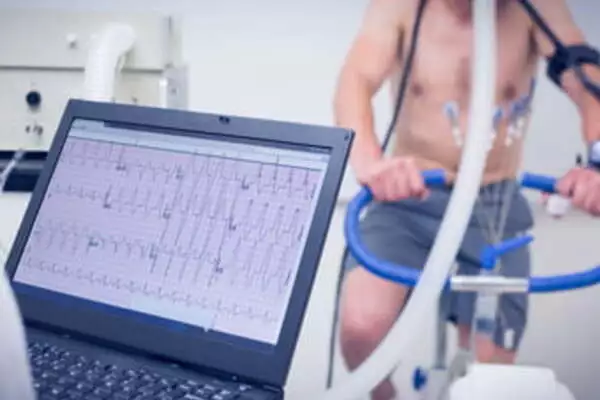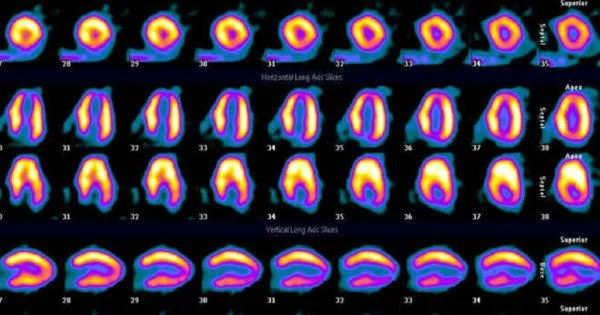Stress tests, often known as exercise stress tests or treadmill tests, are medical procedures used to assess the cardiovascular system’s function. While their major function is to monitor cardiovascular health and detect potential dangers, they can occasionally provide information that is not related to cardiovascular issues.
One of the most used tests in medicine is the treadmill exercise test with electrocardiogram (ECG), often known as an exercise stress test. While exercise testing is typically used to diagnose coronary artery disease, a recent Mayo Clinic study discovered that abnormalities in exercise testing, such as low functional aerobic capacity, predicted non-cardiovascular causes of death such as cancer in addition to cardiovascular-related deaths. These new findings have been published in the journal Mayo Clinic Proceedings.
The exercise stress test is noninvasive, easily available, and provides important diagnostic information. In addition to the ECG itself, the test produces data on functional aerobic capacity, heart rate recovery, and chronotropic index, the standardized measure of heart rate during exercise that reflects age, resting heart rate, and fitness.
In our exercise testing cohort, non-cardiovascular deaths were observed more frequently than cardiovascular deaths. Despite the fact that this was a cardiac stress test, we discovered that cancer was the leading cause of death, accounting for 38% of all deaths, while cardiovascular disease accounted for only 19%.
Thomas Allison
“In our exercise testing cohort, non-cardiovascular deaths were observed more frequently than cardiovascular deaths,” says Thomas Allison, Ph.D., M.P.H., director of Mayo Clinic’s Integrated Stress Testing Center and senior author of the study. “Despite the fact that this was a cardiac stress test, we discovered that cancer was the leading cause of death, accounting for 38% of all deaths, while cardiovascular disease accounted for only 19%. Exercise test outcomes such as limited exercise ability, low peak heart rate, and sluggish heart rate recovery after exercise test were linked to an increased risk of death.”
Abnormal stress test results may suggest the presence of other underlying medical conditions. For example, exercise-induced chest pain (angina) may be related to cardiovascular issues, but it can also be a sign of musculoskeletal problems, gastrointestinal issues, or even lung disorders.

Stress tests can uncover respiratory problems, such as exercise-induced bronchoconstriction (EIB) or asthma. If a patient experiences shortness of breath or wheezing during a stress test, it may prompt further evaluation of their respiratory health.
The study included 13,382 participants who had no prior cardiovascular difficulties or other significant conditions and had undertaken fitness tests at the Mayo Clinic between 1993 and 2010, and who were subsequently intensively observed for a median of 12.7 years.
The findings imply that clinicians should pay attention to data from exercise tests, such as low functional aerobic capacity, low chronotropic index, and aberrant heart rate recovery, in addition to ECG readings. If these results are abnormal, patients should be encouraged to increase their physical activity, even if the ECG results suggest no major cardiovascular risk, according to Dr. Allison.
















